In the world of homecare business growth, having a strong foundation in policies and procedures is essential. Not only do they provide clarity and direction, but they also protect your organization and those you serve. This article will explore eight simple steps to develop effective policies and procedures that can help your homecare business thrive.
Table of Contents
- Understanding Policies and Procedures
- Why Create a Policies and Procedures Manual?
- Step 1: Identify the Need
- Step 2: Decide Who’s Responsible
- Step 3: Draft the Policy
- Step 4: Review the Policy
- Step 5: Create the Procedure
- Step 6: Don’t Take Chances
- Step 7: Approve and Implement
- Step 8: Monitor, Review, and Revise
- Conclusion
- FAQ
Understanding Policies and Procedures
Before diving into the steps, let’s clarify what policies and procedures are. Policies are formal guidelines that govern how your organization operates. They are preventative measures designed to outline acceptable behaviors and practices within your company. Procedures, on the other hand, are the specific steps that need to be taken to implement those policies effectively.

For instance, if you have a policy stating that employees must dress in business casual attire, the procedure would detail how to address situations when someone does not comply with this policy.
Why Create a Policies and Procedures Manual?
There are several reasons why creating a policies and procedures (P&P) manual is vital for your homecare business growth:
- Clarity: Clearly outlines what is and is not acceptable in the workplace.
- Actionable Steps: Provides guidance on how to implement policies and what actions to take when they are not followed.
- Growth and Expansion: Facilitates appropriate growth, allowing for consistent service delivery as the business scales.
- Protection: Protects your business, employees, and clients by eliminating ambiguity, which can lead to lawsuits.
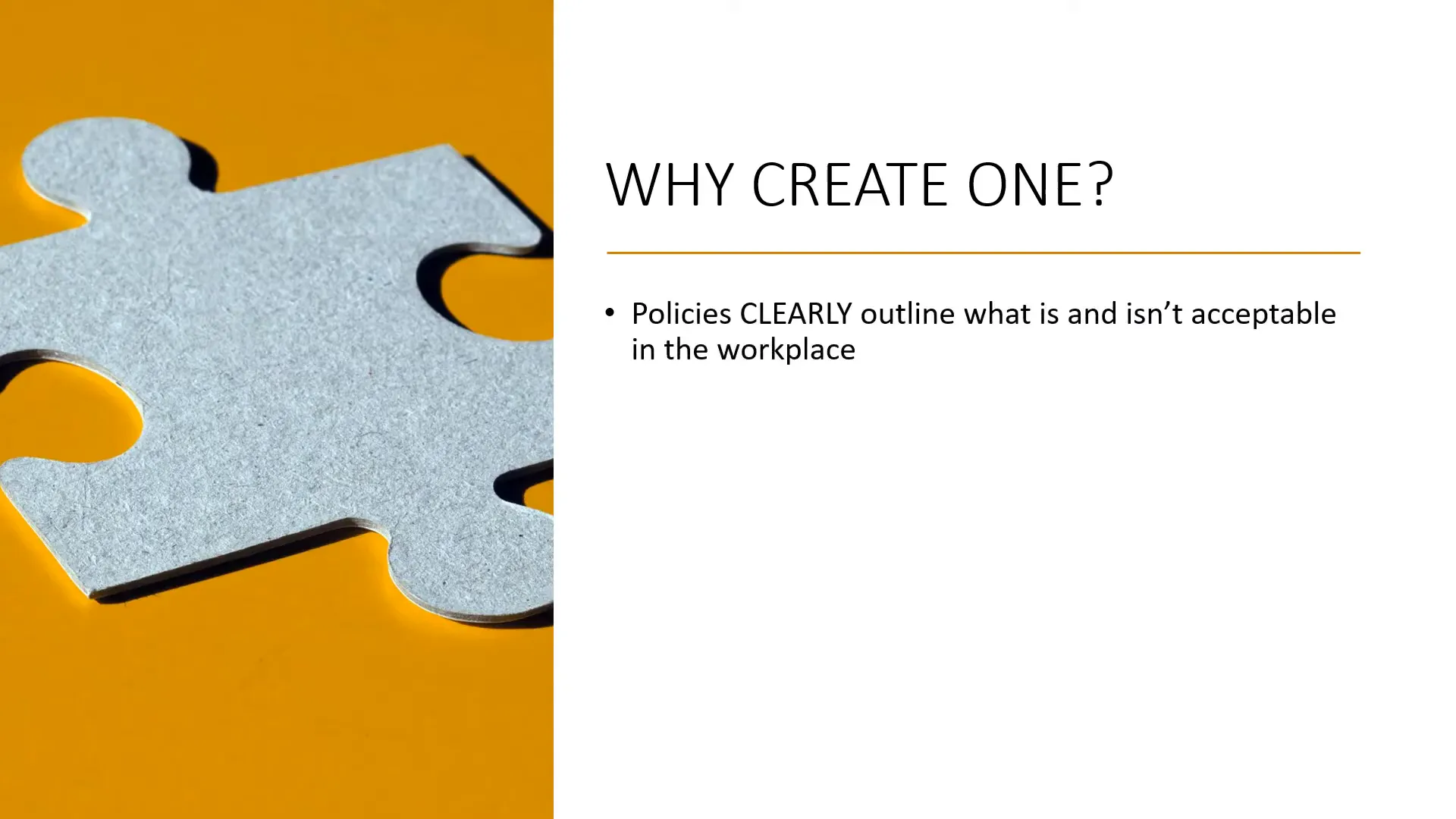
Step 1: Identify the Need
The first step in developing effective policies and procedures is to identify the specific needs of your business. Evaluate what your organization does, the responsibilities involved, and the environment in which you operate.
Consider questions such as:
- What are the expectations for employee behavior?
- What situations could arise that need clear guidelines?
For example, if you do not want employees to wear board shorts and flip flops, this must be explicitly stated within your dress code policy.
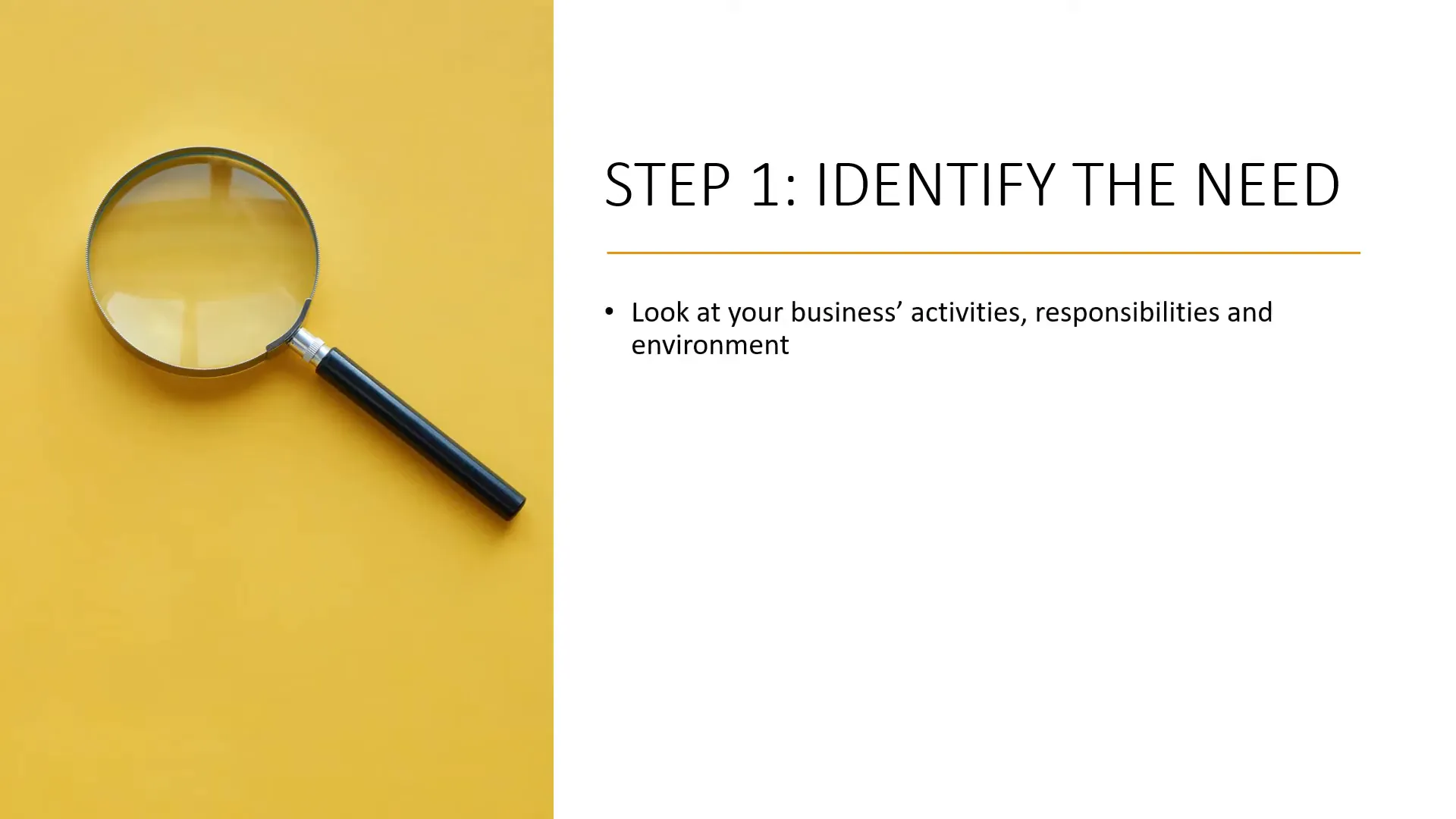
Step 2: Decide Who’s Responsible
Every organization, regardless of size, should define roles and responsibilities clearly. This means outlining what each position is responsible for, rather than assigning tasks to individuals.
For instance, if your receptionist handles appointment scheduling, their responsibilities should be clearly documented. This clarity helps prepare your business for growth and ensures that each role is understood by all employees.
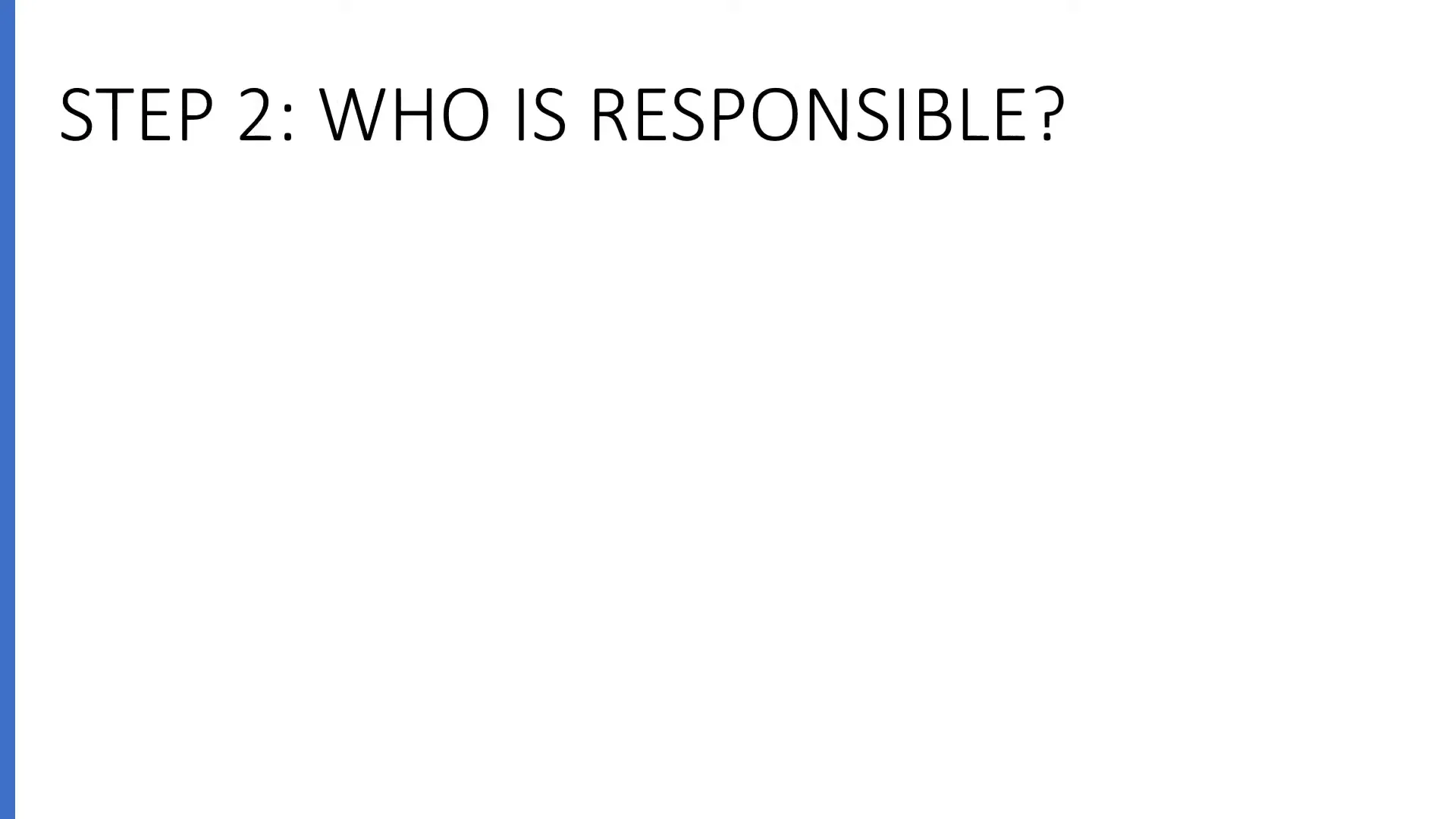
Step 3: Draft the Policy
When drafting your policies, remember to keep it simple. Use the KISS method (Keep It Simple, Stupid). The language should be straightforward, ensuring that all employees, regardless of their background, can understand it.
Policies should be concise yet detailed enough to cover essential elements. For example, a dress code policy should specify acceptable attire and provide examples.
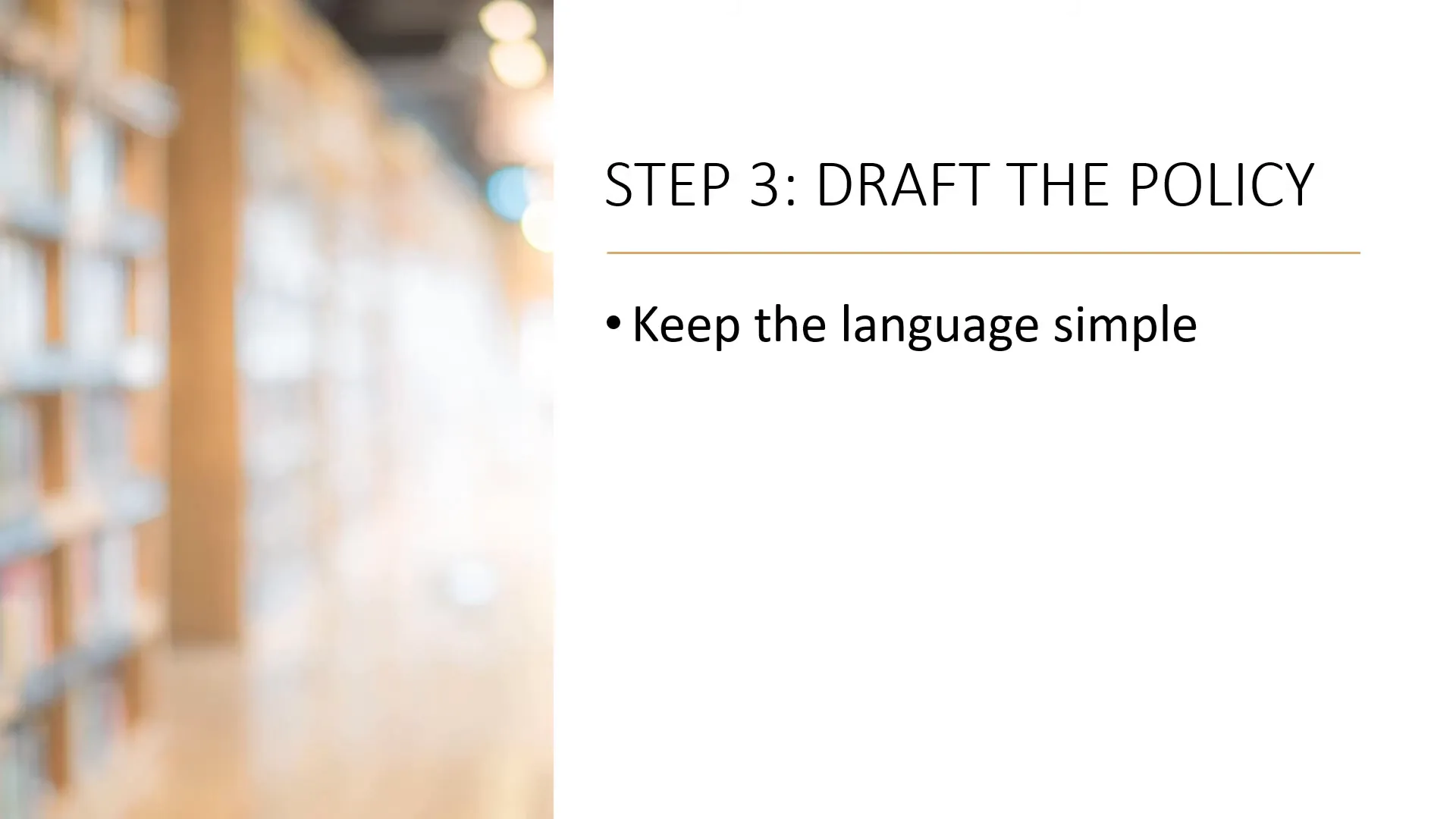
Step 4: Review the Policy
Once the policy is drafted, it is crucial to have it reviewed by someone else. This helps ensure that the policy stands alone and is easily understood. Ask questions like:
- Is this policy clear and comprehensive?
- Does it address all necessary situations?
It’s essential to consider how often the policy will need to be referenced and its relevance to daily operations.
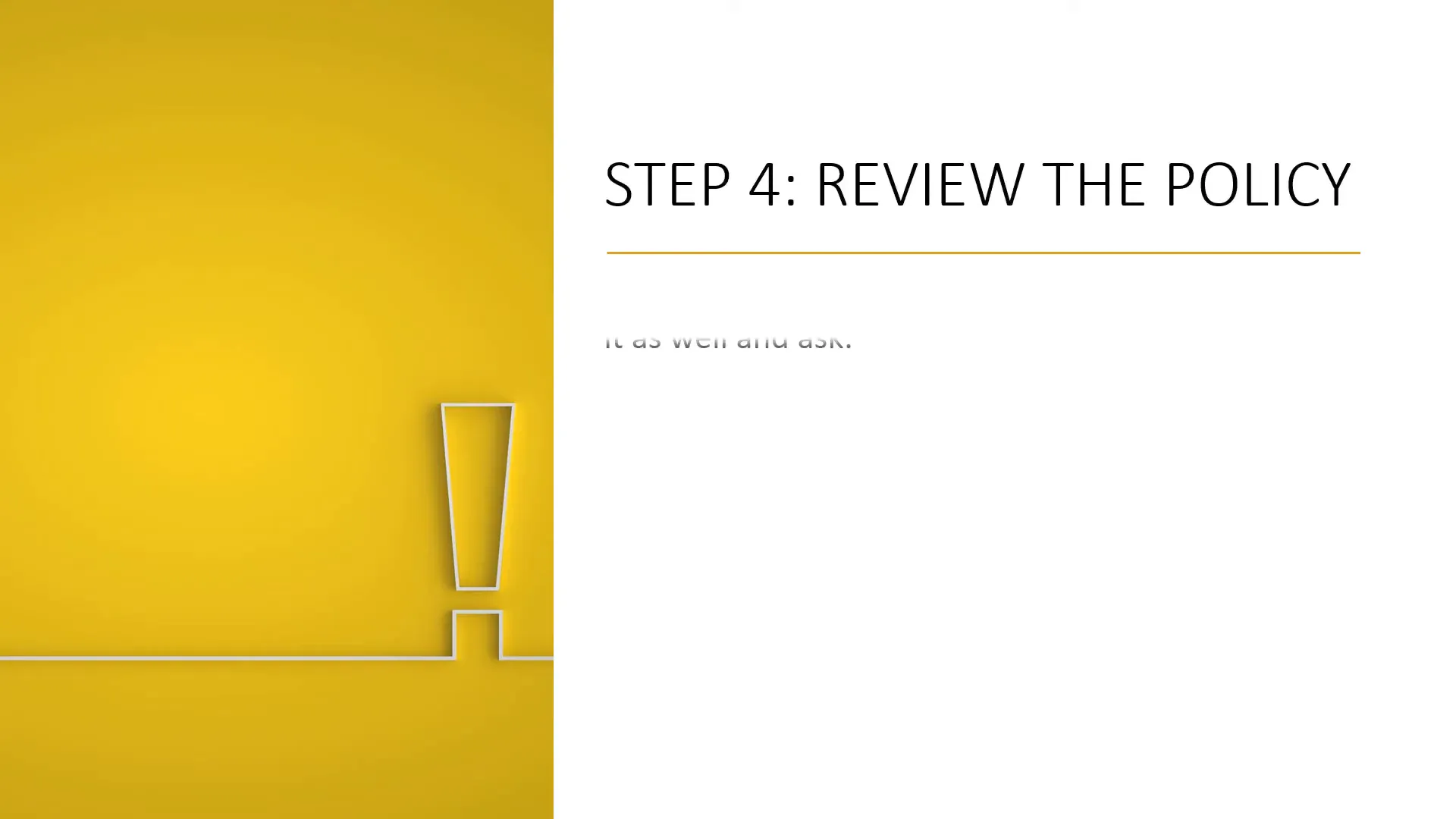
Step 5: Create the Procedure
After the policy is established, the next step is to create the procedure that outlines how to implement it. Procedures should detail the actions employees must take and the tools or equipment required.
Consider the complexity of the task and the experience level of the employee performing it. More complex tasks may require more detailed instructions.
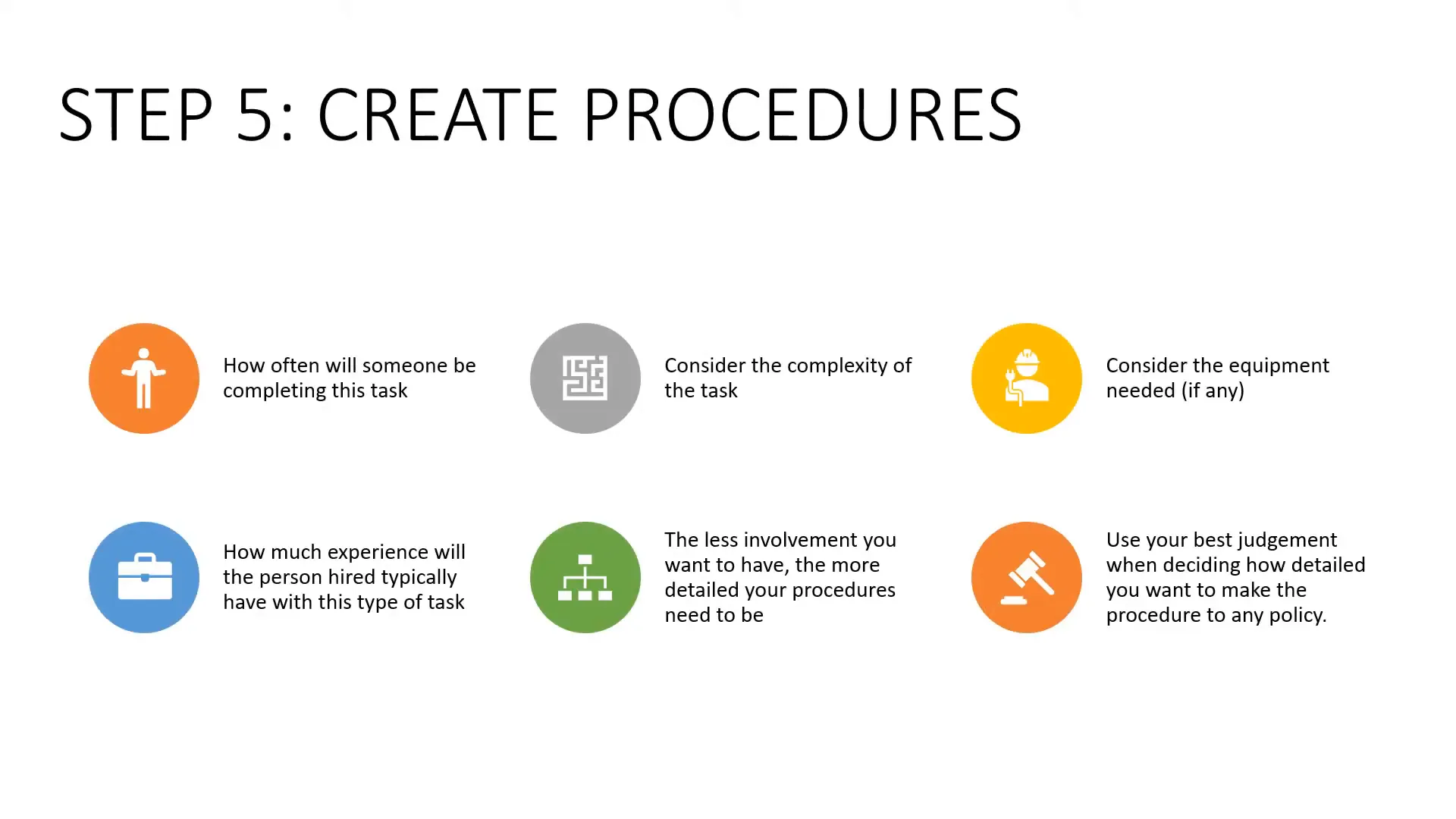
Step 6: Don’t Take Chances
If there is any doubt about the compliance of your policies, consult with a professional. This is crucial to avoid creating policies that could be discriminatory or lead to legal issues.
Investing in professional advice can save your business from costly mistakes down the line.
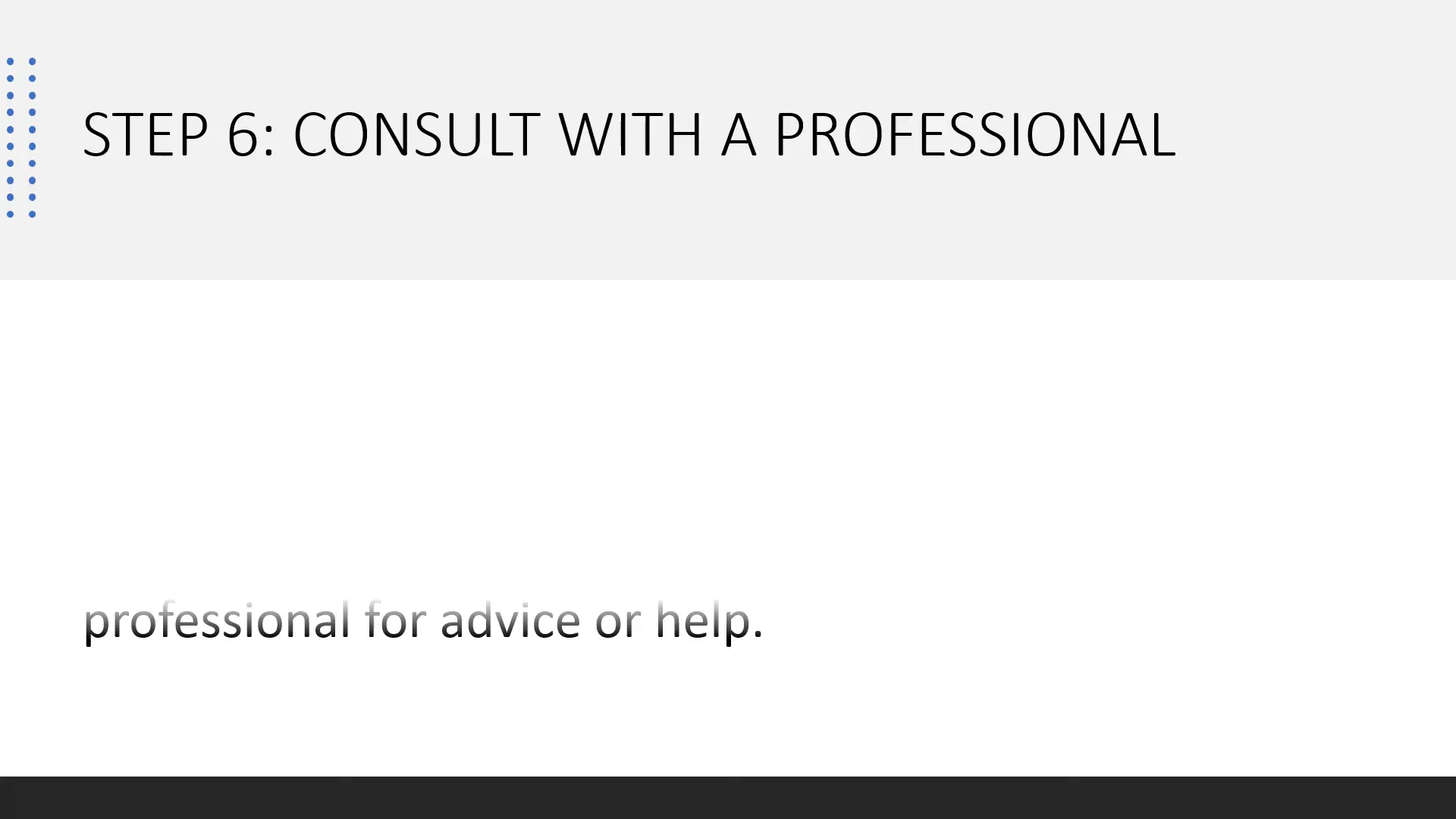
Step 7: Approve and Implement
After approval, it’s time to implement the policies and procedures. Ensure that all staff members are trained on the new guidelines and understand the expectations. This training should also extend to clients if necessary, especially if policies affect them directly.
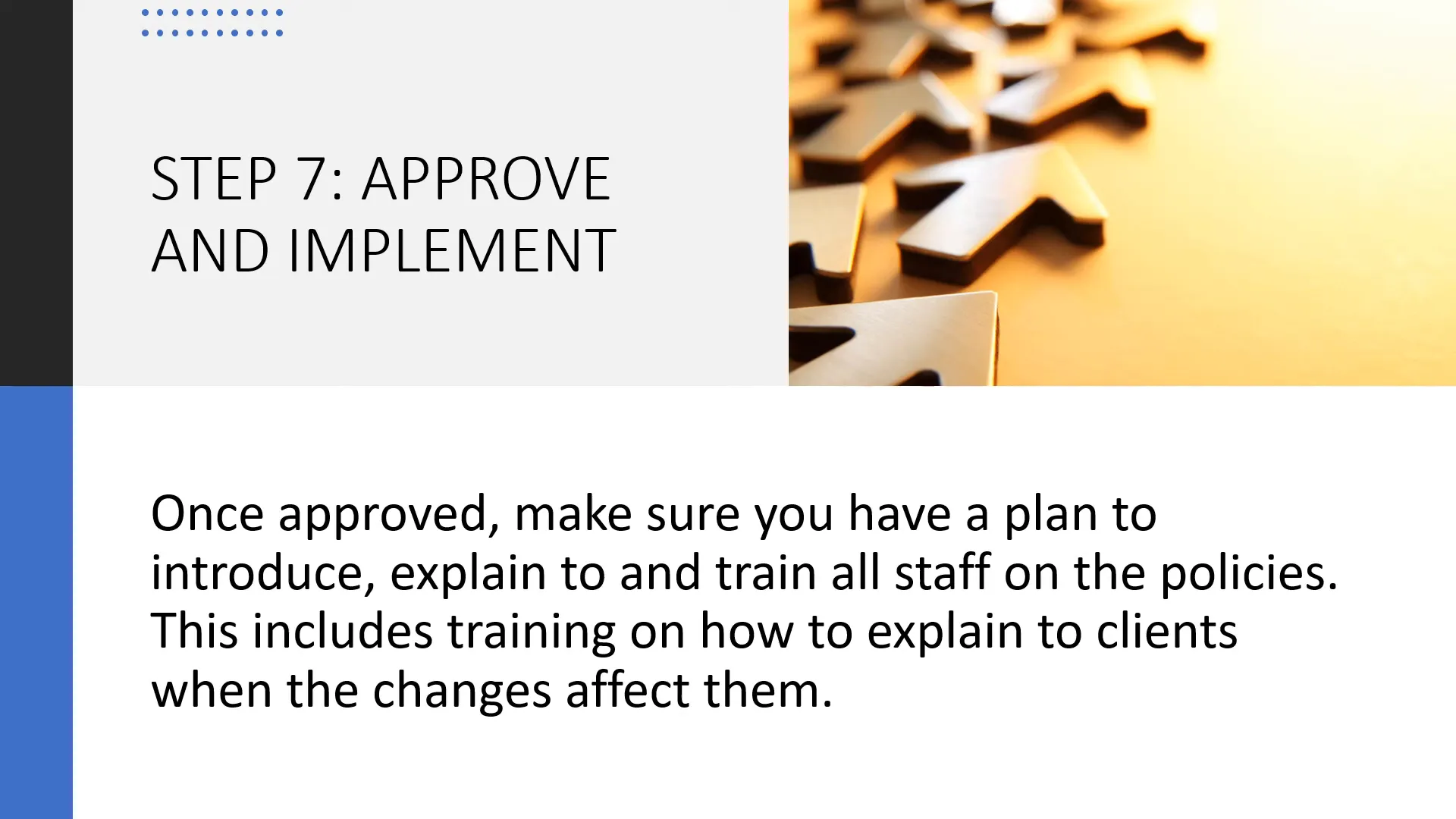
Step 8: Monitor, Review, and Revise
Finally, regularly monitor the effectiveness of your policies and procedures. Schedule reviews at least once a year, or more frequently if necessary. This ensures that your policies remain relevant and effective in a changing business landscape.
By keeping your policies updated, you can prevent outdated practices from causing issues in your organization.
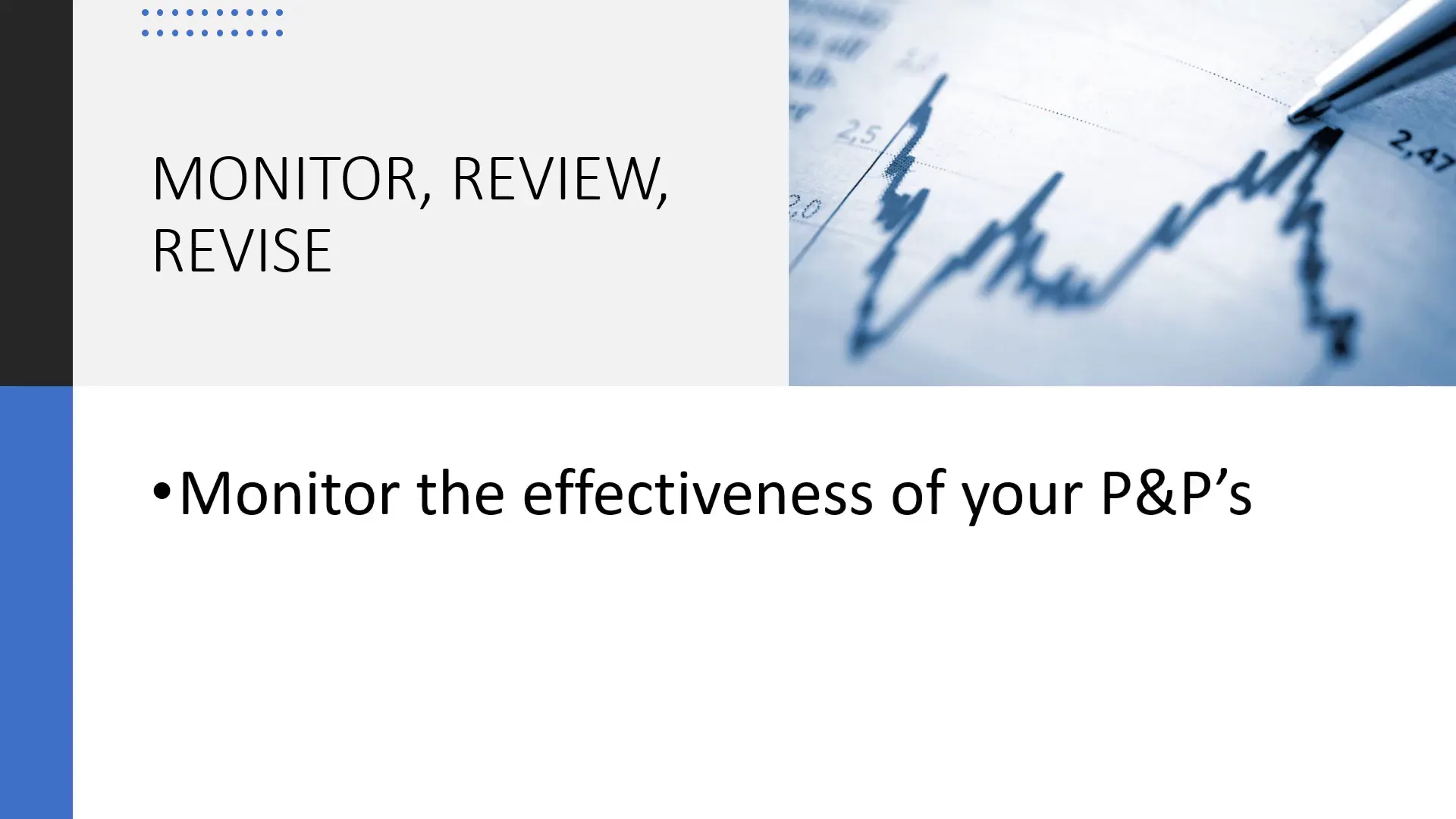
Conclusion
In summary, developing effective policies and procedures is crucial for homecare business growth. By following these eight simple steps, you can create a solid foundation that protects your organization, employees, and clients. Remember, clarity, simplicity, and regular reviews are key to maintaining a successful P&P manual.
FAQ
What are the main benefits of having a policies and procedures manual?
A P&P manual provides clarity, protects your business and employees, allows for growth, and helps avoid legal issues.
How often should I review my policies and procedures?
It is recommended to review your policies at least once a year, or more frequently depending on changes in your business or industry.
What should I do if I’m unsure about a policy’s compliance?
Consult with a licensed professional or attorney who is familiar with your industry to ensure compliance and avoid potential legal issues.
Can I create policies and procedures without professional help?
While it’s possible, seeking professional advice is highly recommended to ensure compliance and effectiveness, especially for complex policies.
How detailed should my policies and procedures be?
Policies should be clear and concise, while procedures should provide enough detail to guide employees through the necessary steps effectively.





 Click Below to Get Your Copy!
Click Below to Get Your Copy!